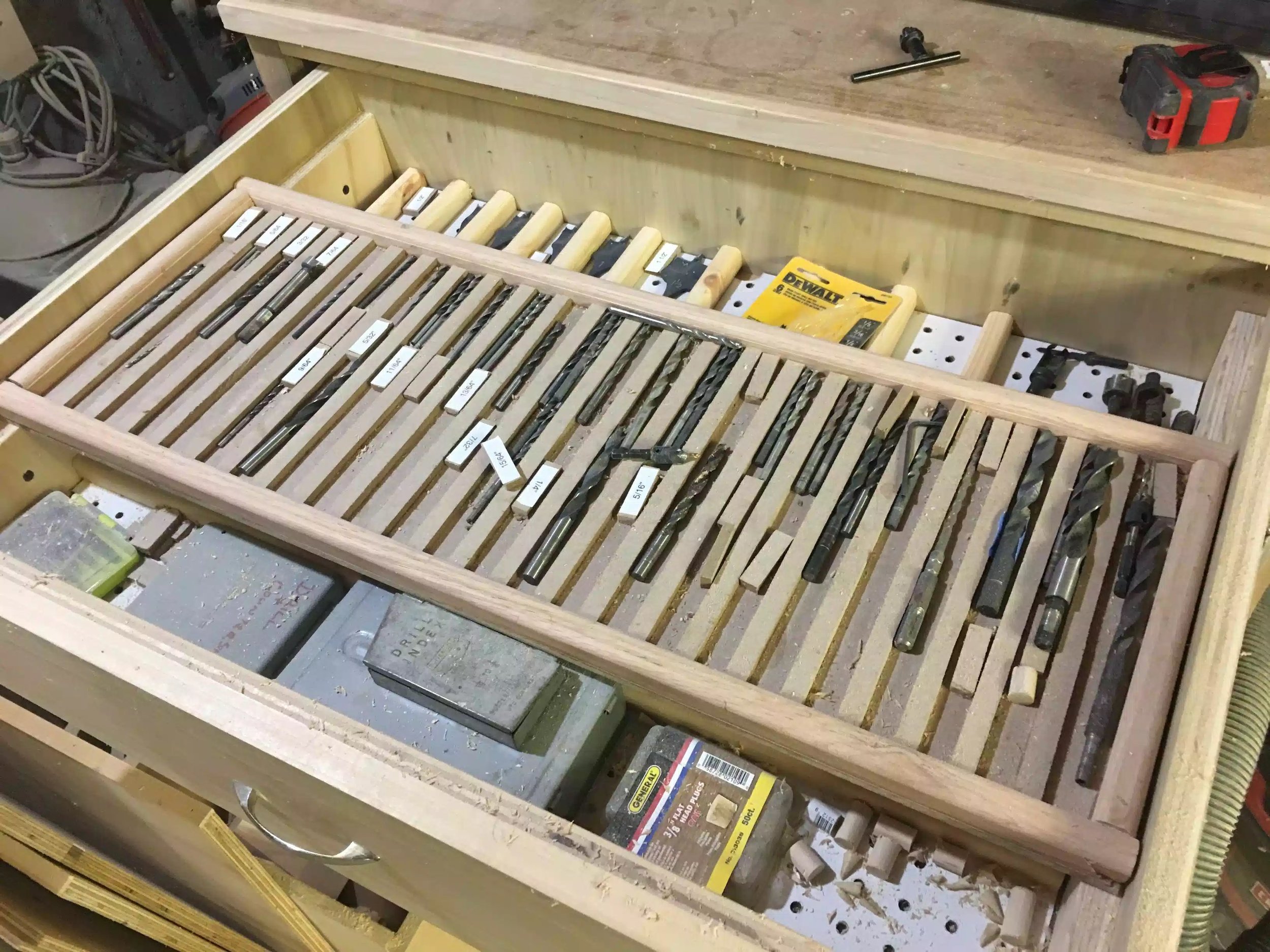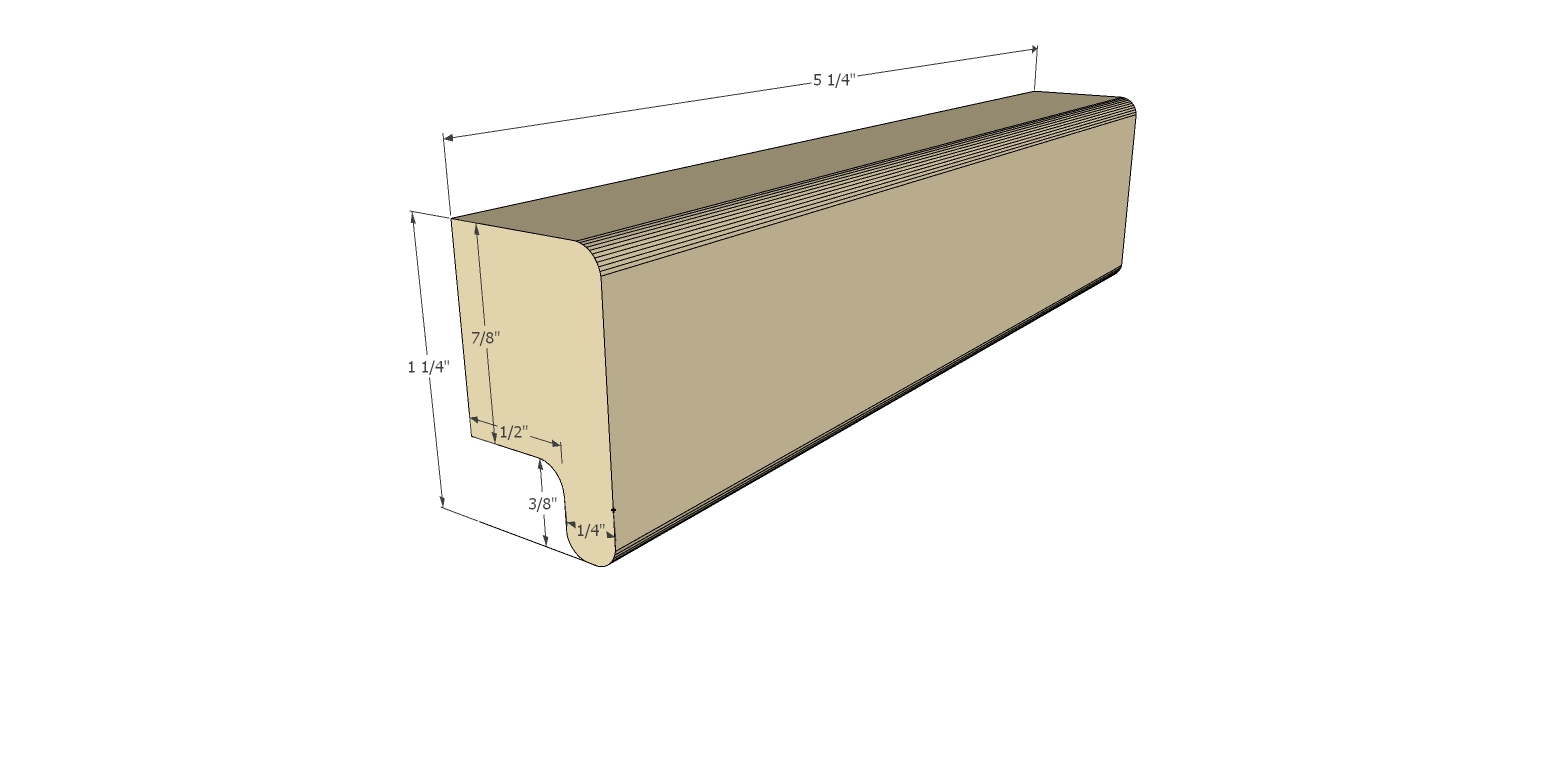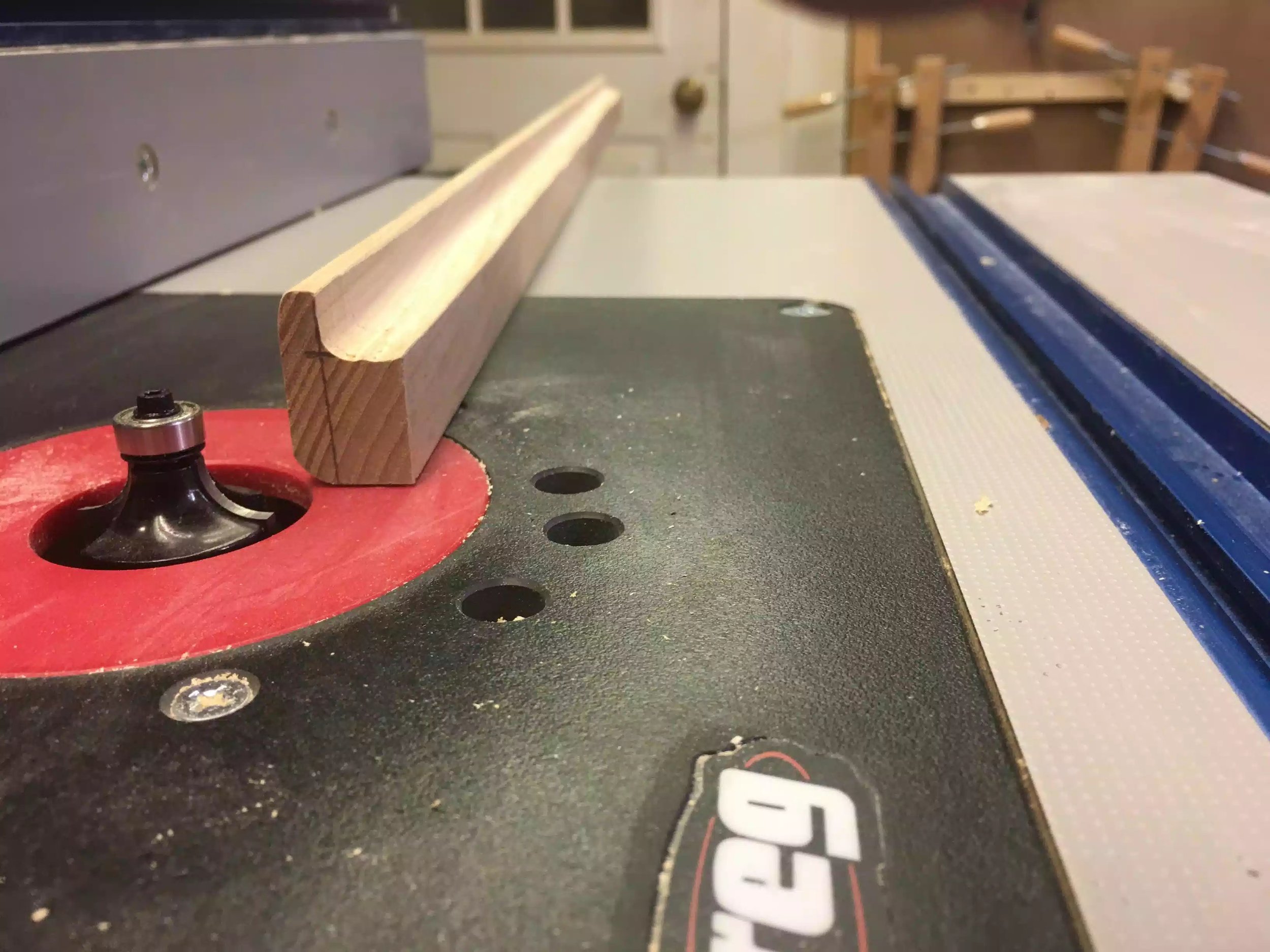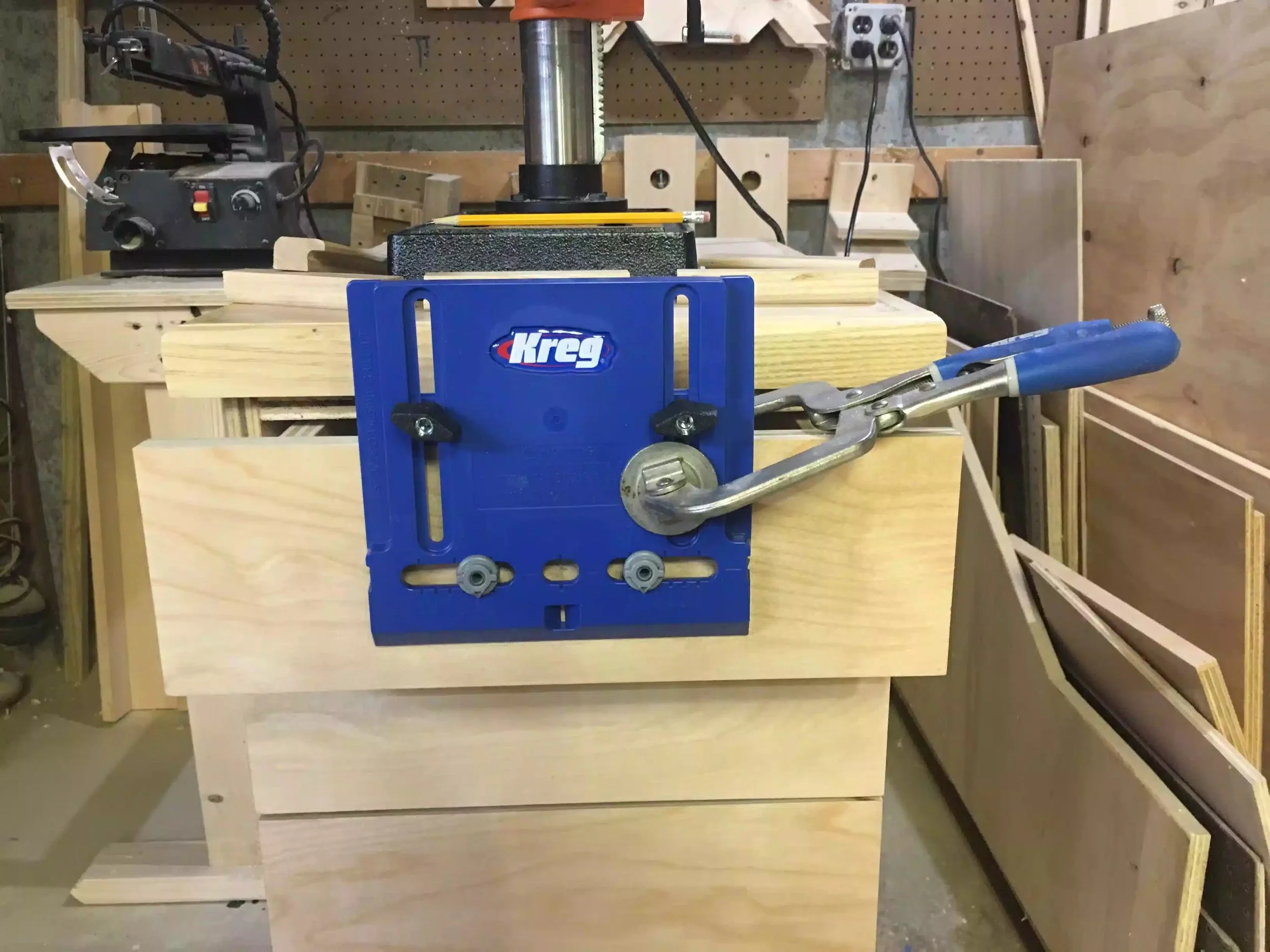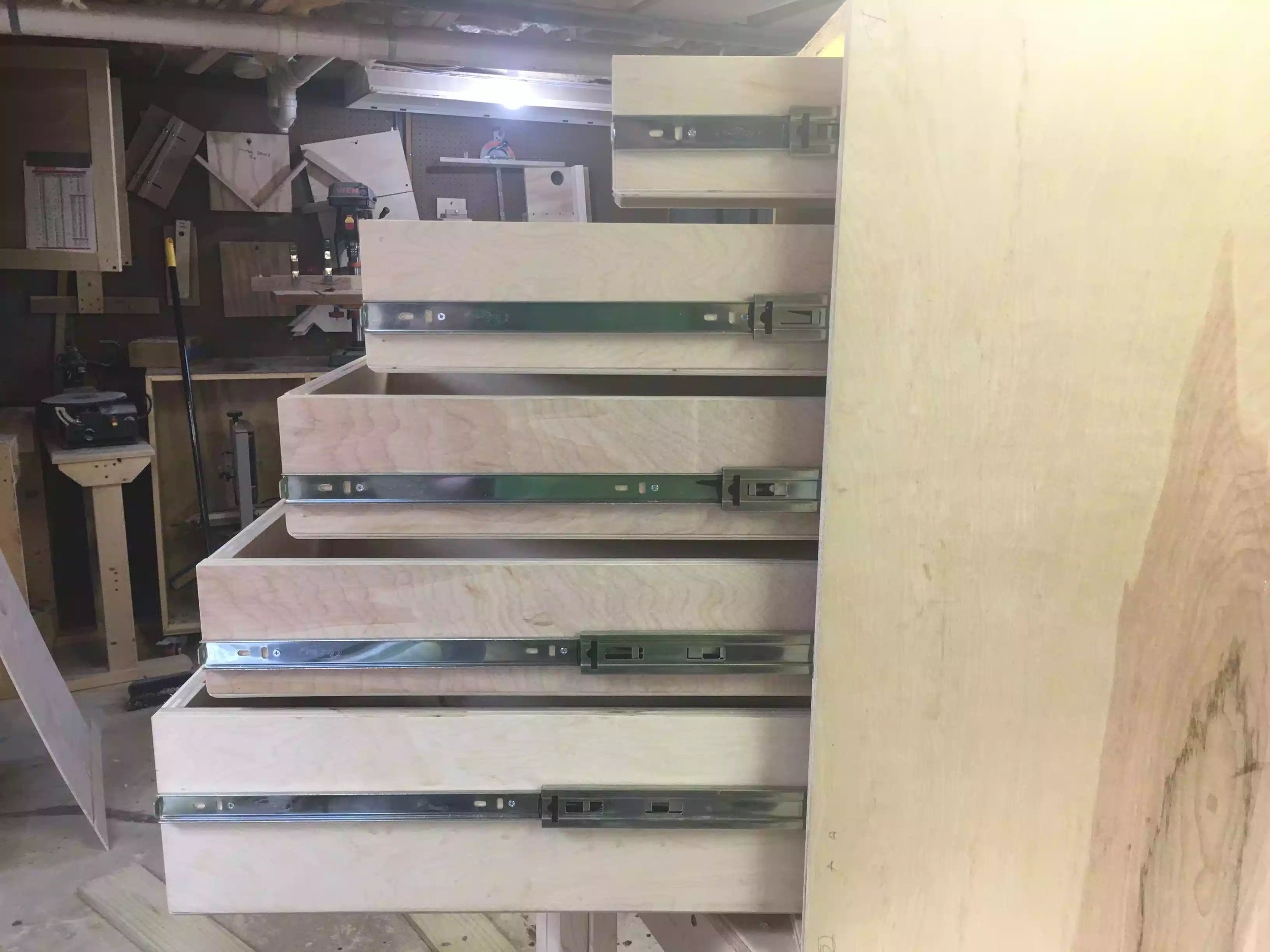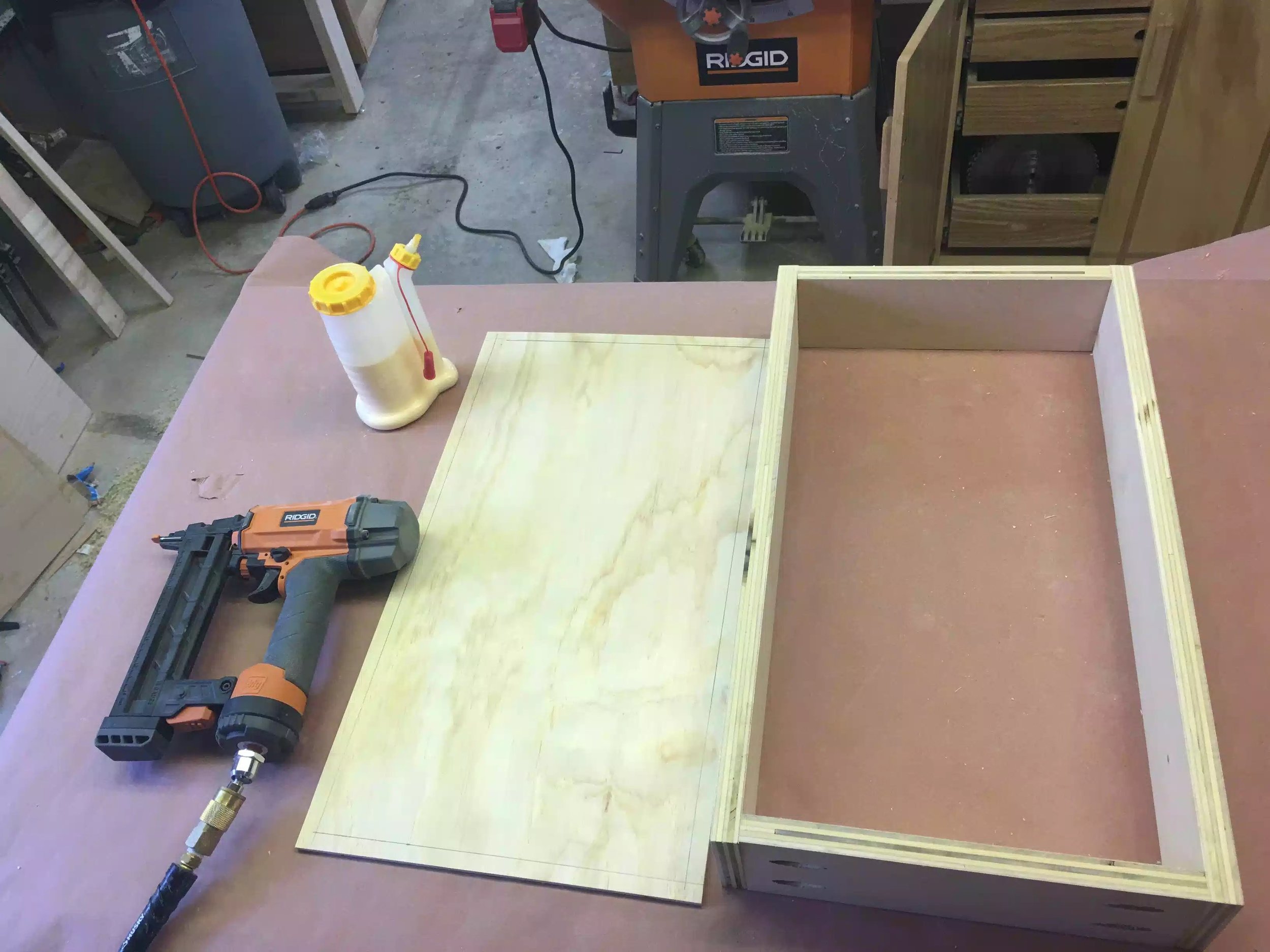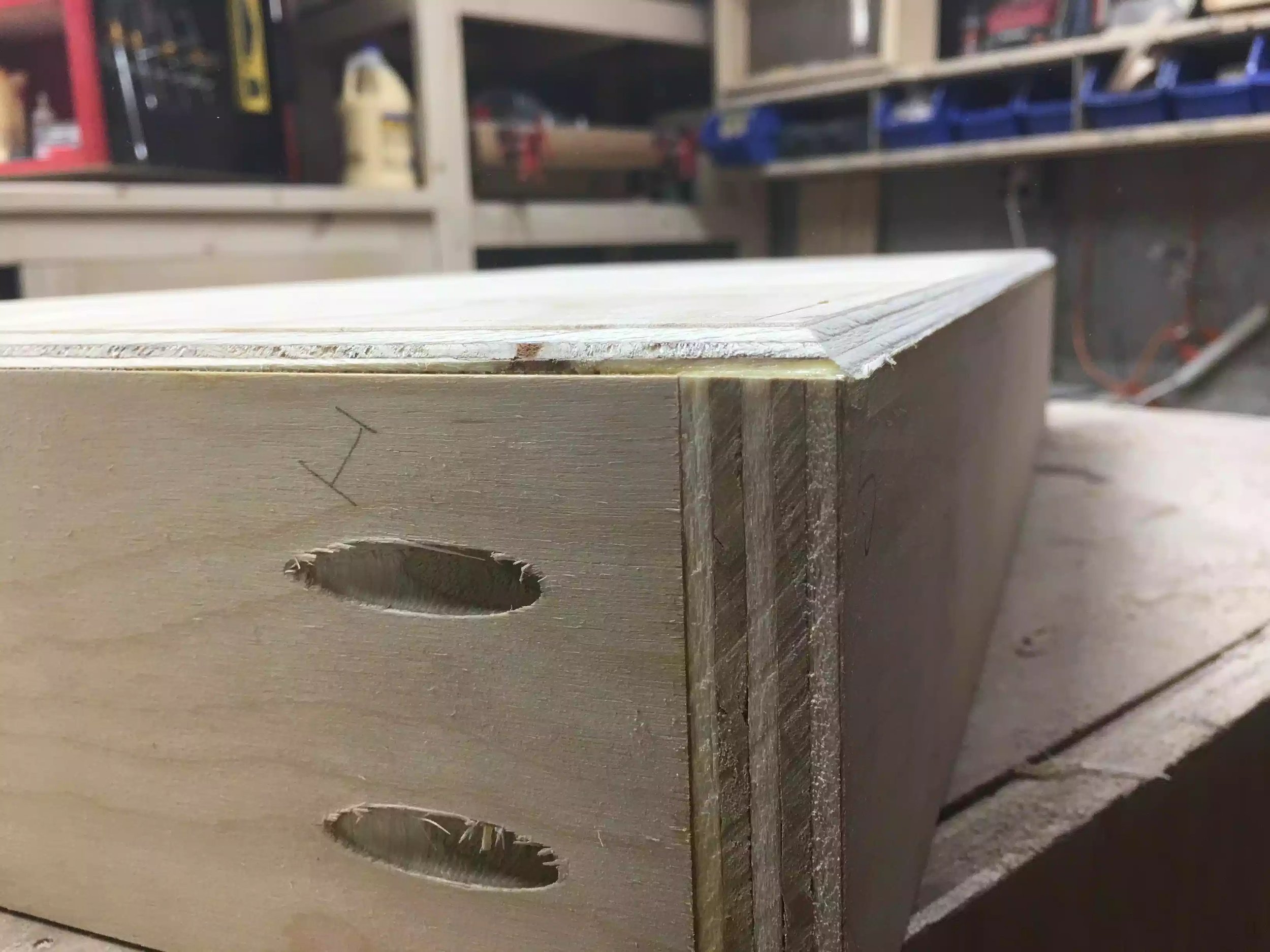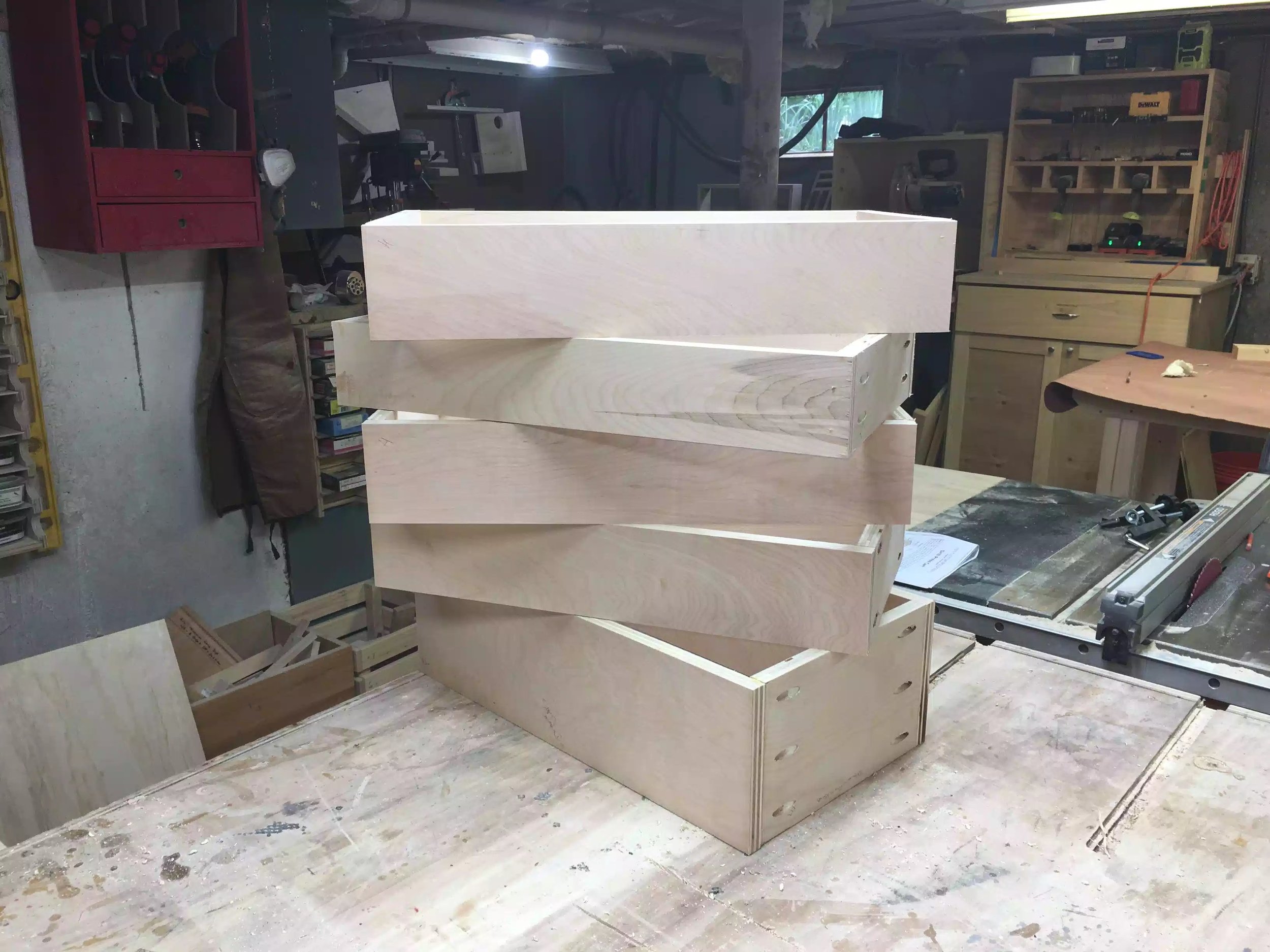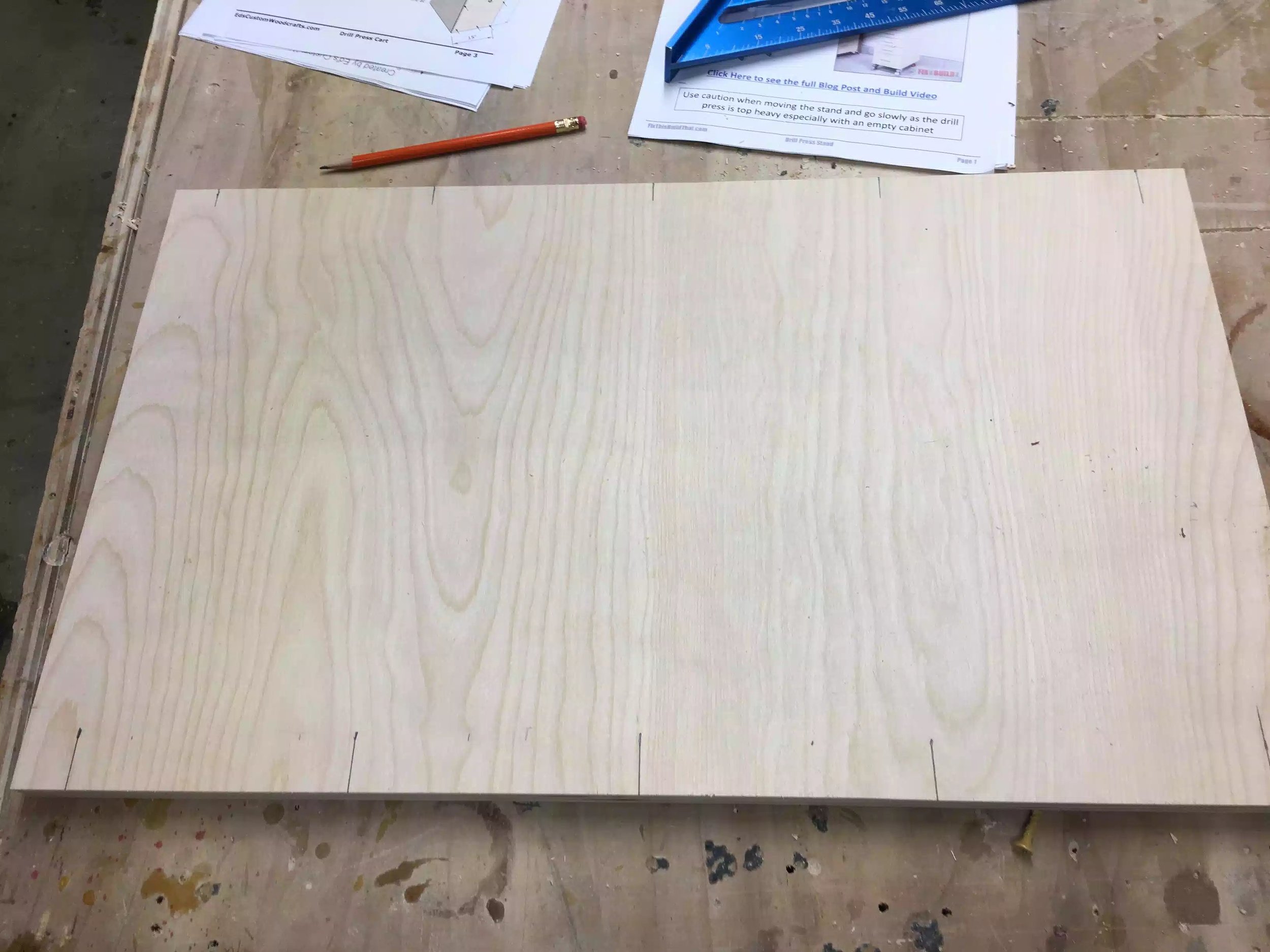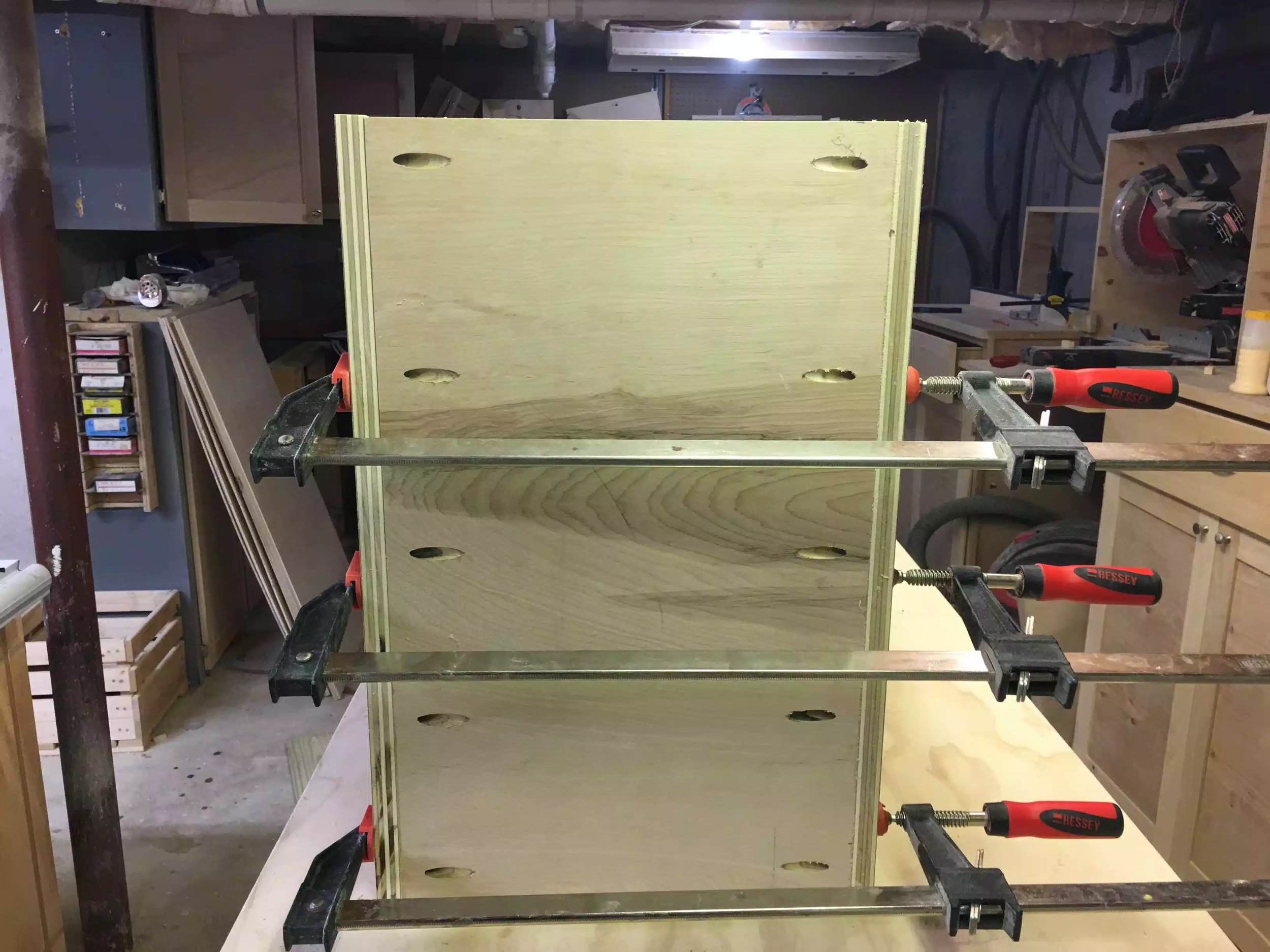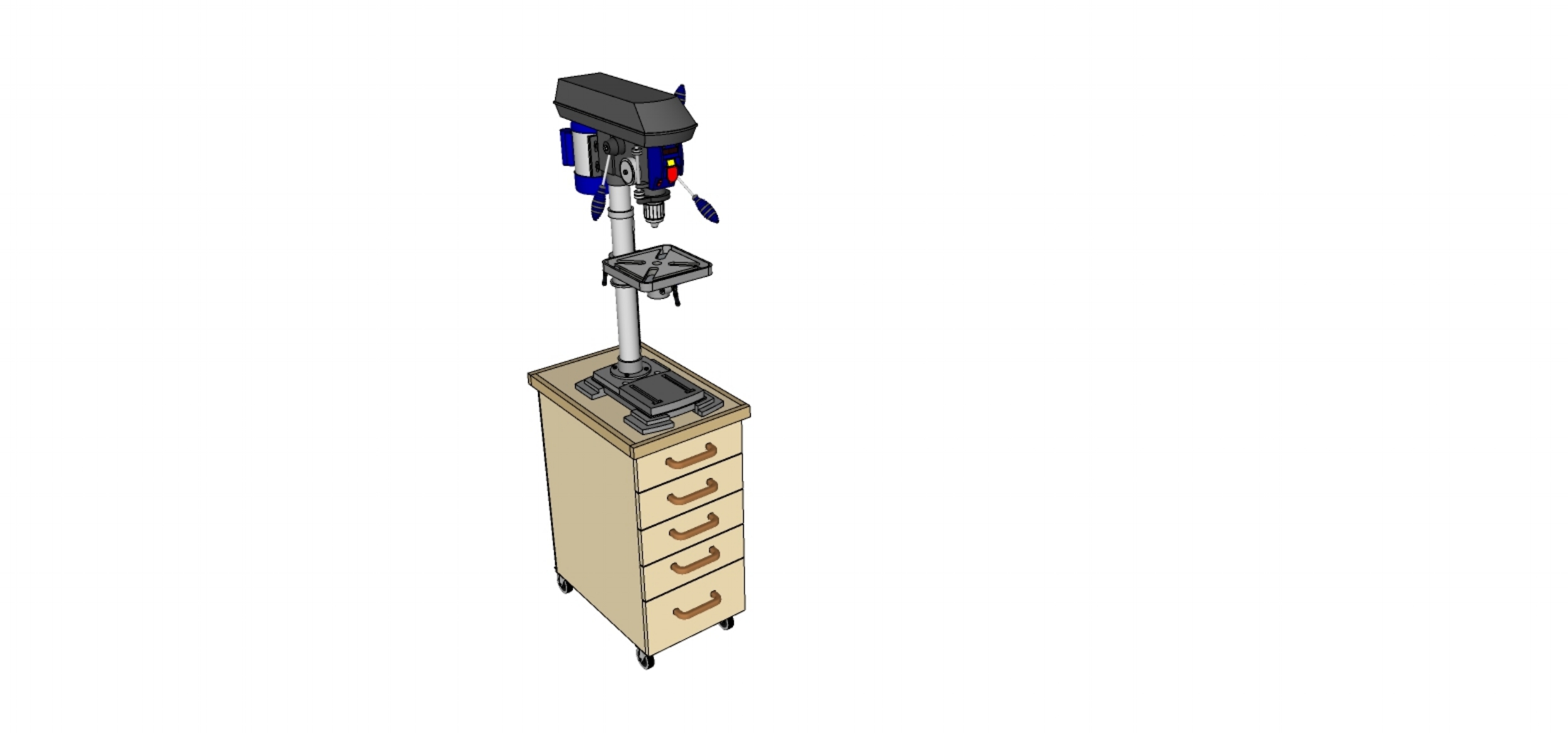PREPARING THE BASE
The main method of joinery in this project is pocket hole screws and the way the cabinet is designed the base is very important because all the screws will be added on the bottom side of the base that way you don't see the screws. I used my Kreg pocket hole jig to accomplish but more about that later.
The base will side inside the left & right sides and I will be running 5 pocket screws from either side of the base, Sorry that I didn't take any pictures of the finished base after the pocket holes have been inserted but I will come back and edit the pictures when I am back in the shop.
I spaced the pocket holes 1" from each end of the base and then every 5 inches, I also added glue to strengthen the butt joint. Below are some pictures of me using my pockwet hole jig in inserting the pocket holes.




















